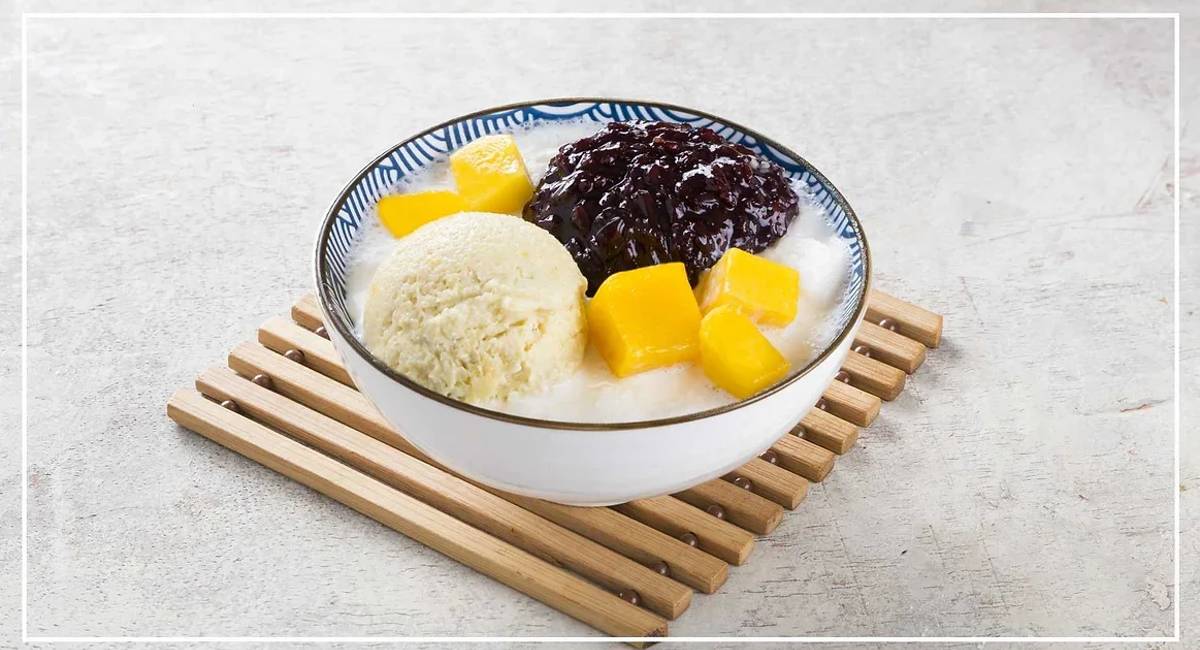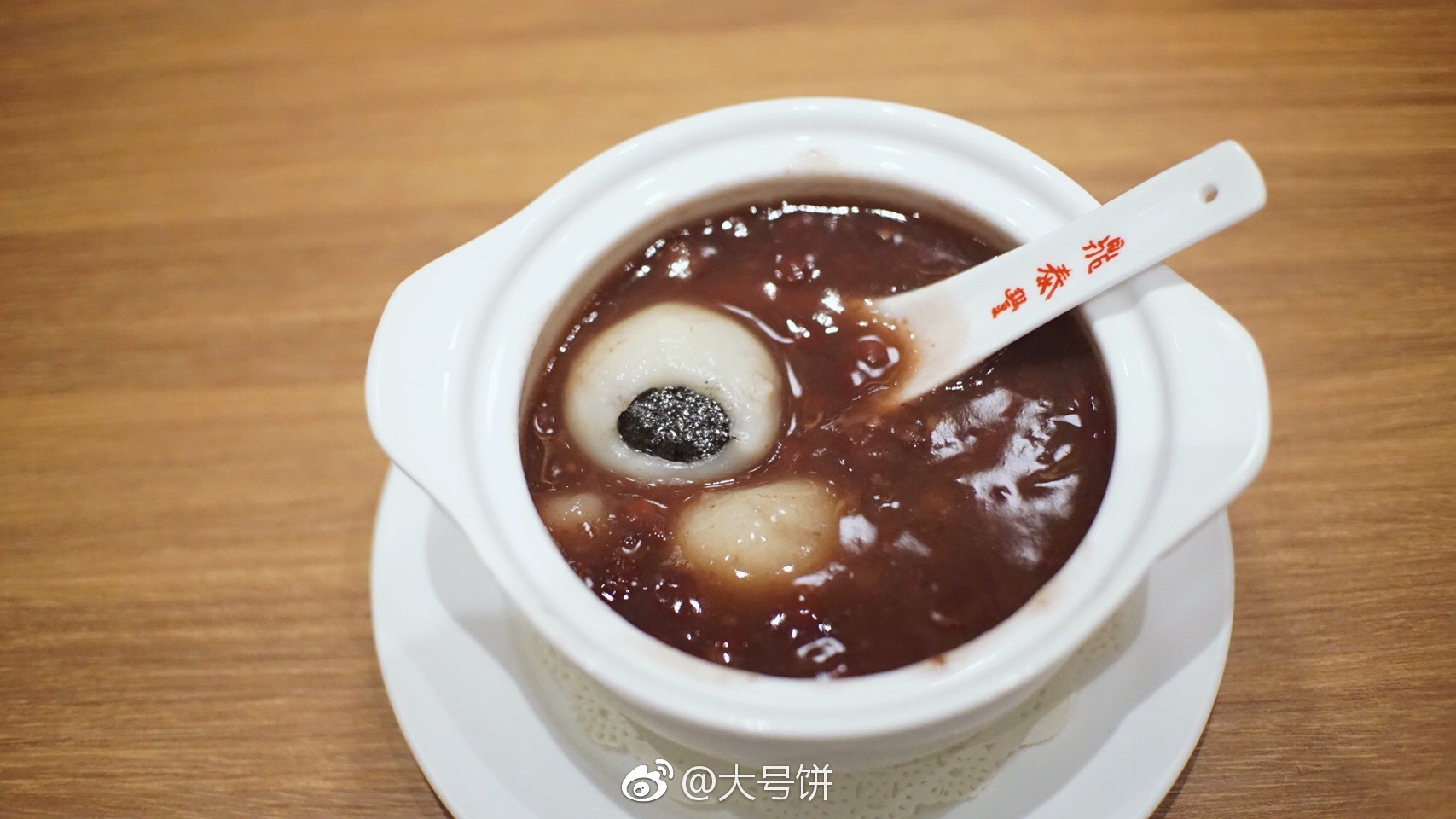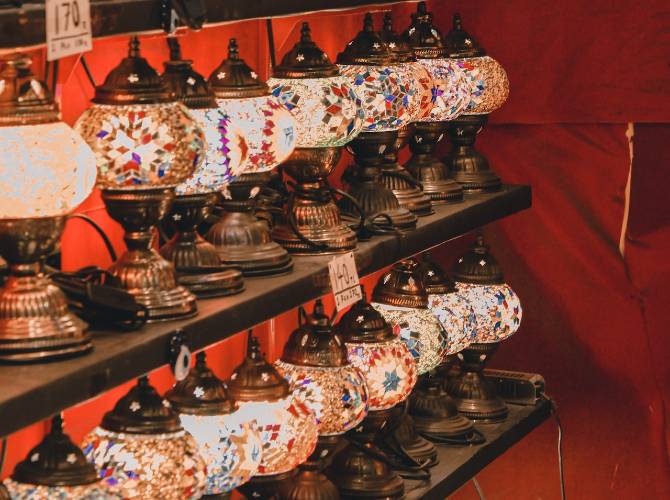Best Chinese desserts in Singapore to indulge your sweet tooth
16 December 2022
For many of us, enjoying a sweet treat is a must after a hearty meal, and a traditional Chinese dessert hits all the right spots. Our local guide, Sophie, tells us more about her favourite Chinese desserts in Singapore – and where to try them.
Traditional Egg Tarts
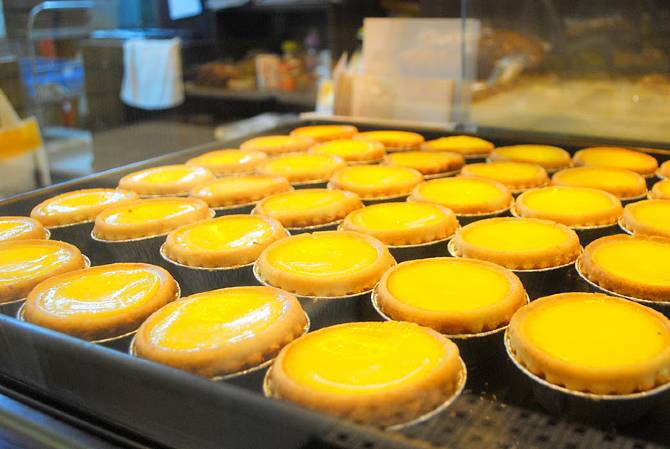
The British were purportedly responsible for bringing this dessert to Hong Kong in the 1920s. Adapted from the traditional English custard tart, it has evolved into a household delicacy throughout the former British territory. Hong Kong-style egg tarts have two types of crusts: pastry and cookie, with both encasing a silky yellow custard. There are variations of egg tarts around the world too, such as the Portuguese egg tart and the beancurd tart, to name a few.
Where to try this Chinese dessert in Singapore: Personally, my favourite egg tarts in Singapore are the ones from Tai Cheong Bakery. This beloved bakery has been a Hong Kong institution since 1954 and fans in Singapore – including me – rejoiced when it finally opened an outpost in Takashimaya in 2016. Its egg tarts are all freshly made, and I always buy them in boxes of four each time I visit. With both Fraser Suites Singapore and Fraser Residence Orchard, Singapore located close to Takashimaya, it’s convenient for guests to pick up a box of these delectable desserts. Alternatively, try the egg tarts from Joy Luck Tea House, another Hong Kong cult favourite.
Glutinous Rice Balls in Red Bean Soup
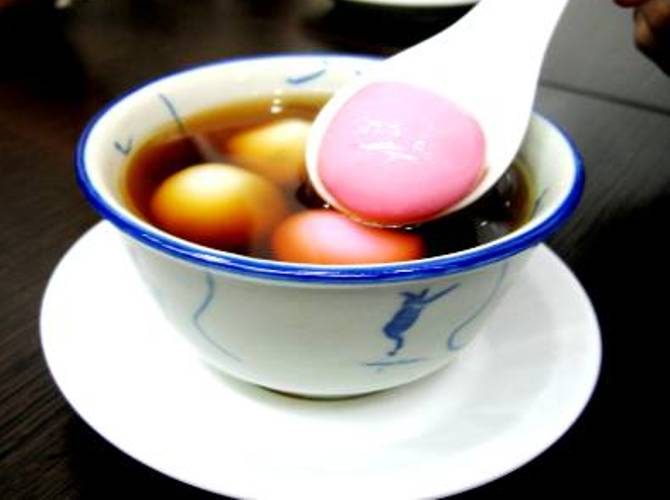
Served warm, this popular Chinese dessert comprises soft, chewy glutinous rice balls (called tang yuan) or mochi balls in a sweet red bean soup. Glutinous balls are traditionally eaten during the Winter Solstice Festival as they symbolise reunion, but they are easy to find all year round. This dish is a staple at most Chinese dessert shops, but perhaps the best place to try it is Jin Yu Man Tang Dessert Shop, which is a 15-minute taxi ride from Capri by Fraser Changi City / Singapore. The glutinous balls here come in two flavours – sesame and peanut.
Durian Mousse
Durian mousse is a “love it or hate it” dessert – after all, not everyone enjoys the pungent fruit. Thick, creamy and fragrant, this Chinese dessert is made with fresh durian pulp and heavy whipping cream, and served cold. As a durian lover myself, I find that it’s a satisfying way to end any meal.
Where to try this Chinese dessert in Singapore: The Durian Bakery’s rendition features dark chocolate mousse infused with fresh Musang King durian puree. In my opinion, this is one of the most delicious durian desserts in Singapore. You can also enjoy durian mousse at Dessert Bowl – loyal patrons love that this Chinese dessert is made with D24 durian flesh.
Mango Sago
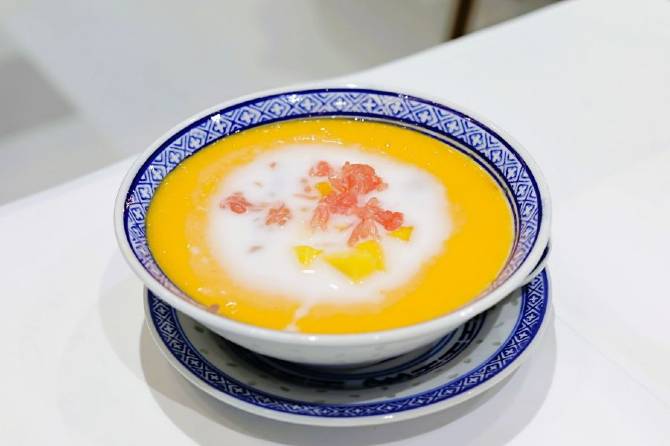
Mango Sago is a Chinese dessert that is said to have been invented in 1984 by creative chefs at Lei Garden restaurant. Sweet and refreshing, it features juicy bite-sized mango chunks, sago pearls, shaved ice and coconut milk. It’s best enjoyed on a hot day.
Where to try this Chinese dessert in Singapore: This dessert can be found on the menu at many Chinese restaurants and dessert stores in Singapore. My personal favourite is the mango sago at Tong Shui Desserts, which includes pomelo slices for added crunch.
Snowy Ice
Thanks to Singapore’s hot, tropical climate, a Chinese dessert called “snowy ice” – comprising strips of shaved ice – has surged in popularity. Countless flavours abound, from chocolate and mint to purple yam. The dessert often comes with a range of accompaniments, such as mochi balls, red bean and chocolate chips.
Where to try this Chinese dessert in Singapore: Ji De Chi Dessert, which has several locations across Singapore, has a wide variety of snowy ice flavours on its menu, including Milo, matcha and mango.
Yin Yang Paste
One of my favourite desserts is yin-yang paste, which – as the name suggests – depicts the traditional black-and-white yin-yang symbol. The “yin” portion of the dessert is made with black sesame paste, whereas the “yang” is created using almond paste. Sesame paste is said to have many health benefits, with some people claiming that it strengthens black hair. Almond paste, on the other hand, is believed to be beneficial for the skin.
Where to try this Chinese dessert in Singapore: Again, I would recommend Ji De Chi Dessert’s rendition, which is creamy, balanced and velvety smooth.
Black Glutinous Rice with Mango
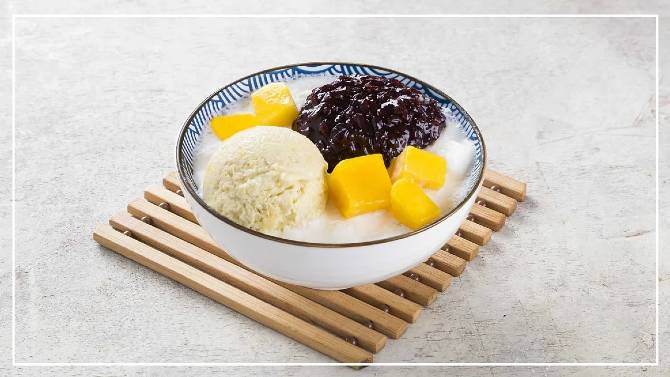
Black Glutinous Rice with Mango
Also popular across other parts of Southeast Asia (including Thailand), this delicious Chinese dessert comprises black glutinous rice and sliced mango in a bowl of sweet coconut milk. It can be eaten hot or cold.
Where to try this Chinese dessert in Singapore: With its unapologetically retro Oriental decor, Jin Yu Man Tang Dessert Shop immediately puts you in the mood for some Chinese dessert – including, of course, a comforting bowl of black glutinous rice with mango.

Not a Fraser World Member? Sign up today for free membership and enter a world of privileges
- Complimentary Stays
- Up to 20% off Best Flexible Rate
- Room Upgrade
- Early Check-in
- Exclusive Rewards
- Welcome Voucher




















